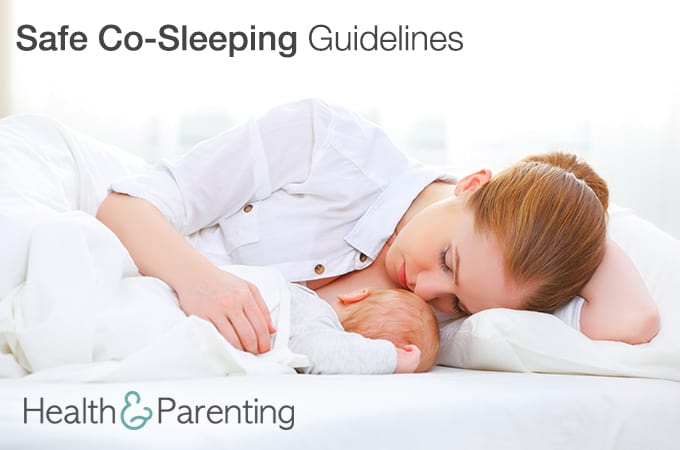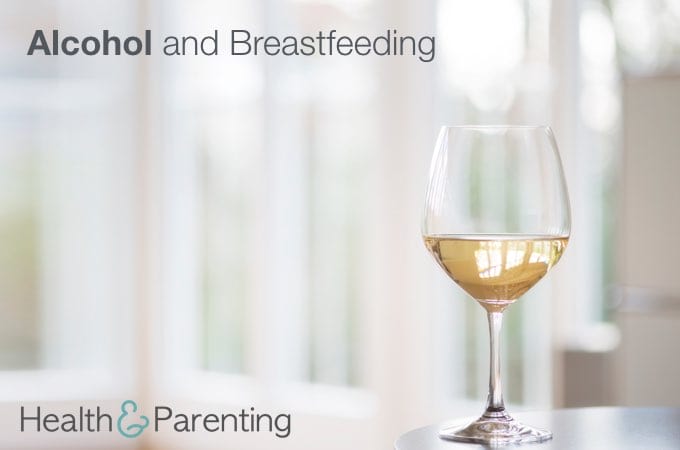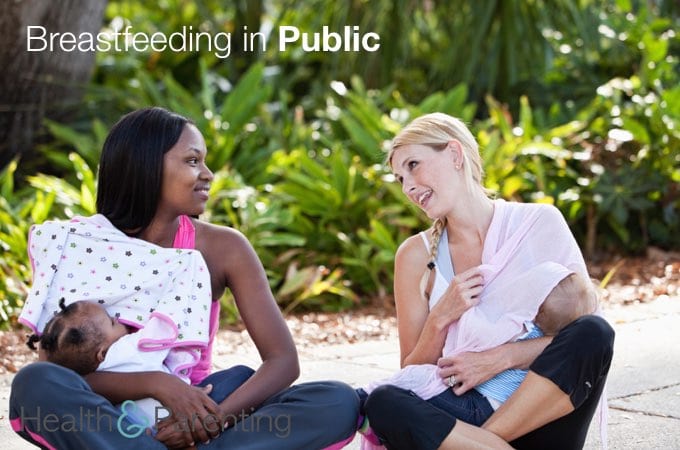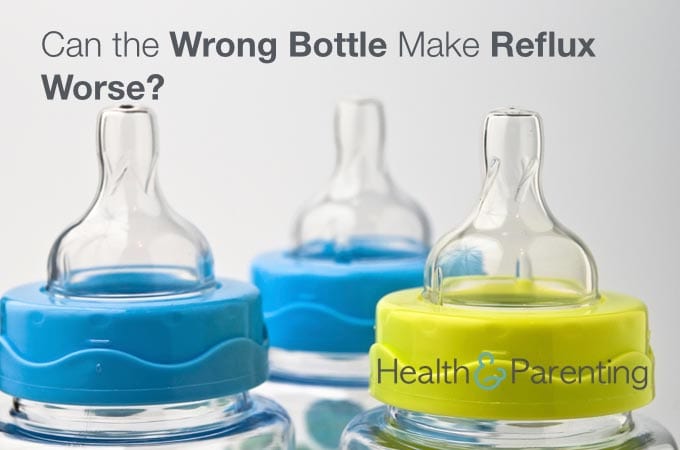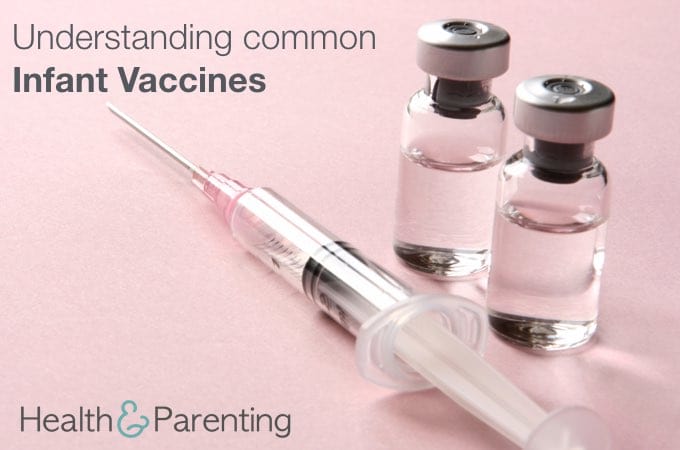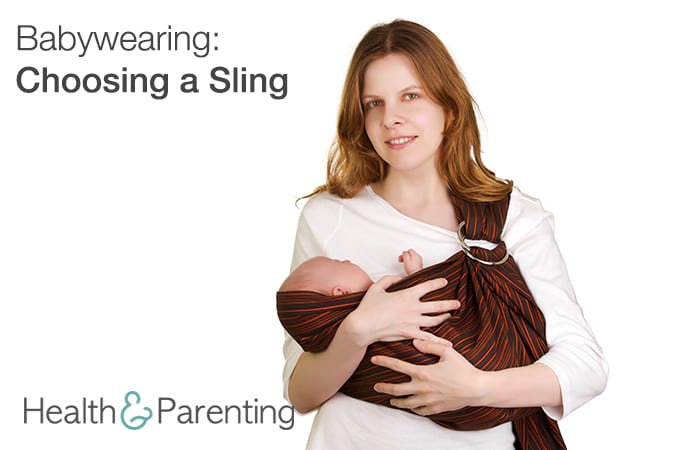Around the world, across cultures and throughout time, mothers have shared sleep with their babies. Co-sleeping facilitates breastfeeding, helps babies sleep better, and gives moms more rest.
The American Academy of Pediatrics, among other healthcare organizations, recommends that babies sleep in close proximity to mom for the first months of life. While they do not advocate sleeping on the same sleep surface (bedsharing), they do suggest that babies should sleep in the same room as mom. Sleeping near an adult caregiver lowers baby’s risk of sudden infant death syndrome (SIDS).
Many moms find, though, bedsharing is preferable. In fact, a recent survey found that almost half of all parents admitting to sharing a bed with their baby on some or most nights. If you plan on co-sleeping, make sure you have created a safe sleep space first.
Avoid bedsharing if:
- Either parent smokes
- Either parent is under the influence of drugs or alcohol
- One partner is not in agreement about bedsharing
- You are so fatigued that you may not be able to respond to your baby’s needs
- Older siblings or pets share your bed
Consider separate sleep surfaces if:
- Your baby is a preemie or is low-birth-weight
- Your baby is ill
Safe co-sleeping guidelines:
- Always place your baby on his back to sleep
- Make sure the mattress is firm (e.g. no memory foam or waterbed) without any loose sheets or fluffy blankets and pillows
- Be sure your baby can’t fall out of bed, or become trapped between the bed and it’s frame or the bed and the wall
- Keep baby from overheating by dressing him lightly for sleep
- Move the pillows up and away so they’re nowhere near the baby
- Keep the duvet under the baby so he can’t be smothered
Never leave your baby alone on an adult bed – even very young babies can scoot to the edge and fall. Avoid sleeping on a sofa or recliner with your baby. This increases the risk of infant death from suffocation or entrapment. Some experts recommend that if your baby is bottle-fed rather than breastfed he should sleep close to mom on another sleep surface, i.e. a cot or crib in mom’s room.
Whether or not you are co-sleeping, babies thrive on routine – so create a restful sleeptime ritual for your family, and adjust as your baby grows. Parenting doesn’t stop at night, so find ways for all family members to have their needs met while everyone still gets enough sleep.
Written by Michelle, childbirth educator, lactation consultant, and mother to 4 busy kids
This information is not intended to replace the advice of a trained medical doctor. Health & Parenting Ltd disclaims any liability for the decisions you make based on this information, which is provided to you on a general information basis only and not as a substitute for personalized medical advice. All contents copyright © Health & Parenting Ltd 2016. All rights reserved.

